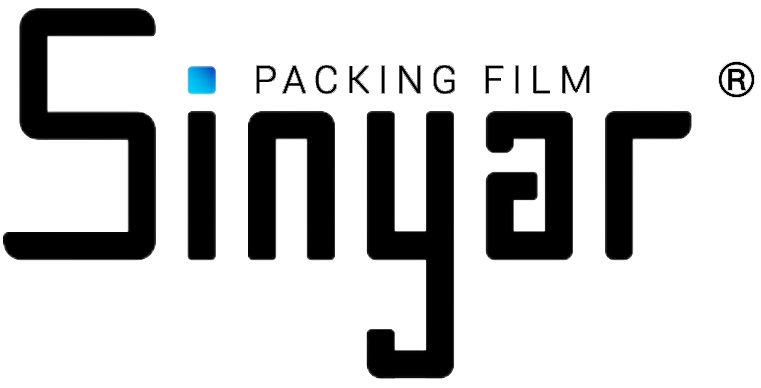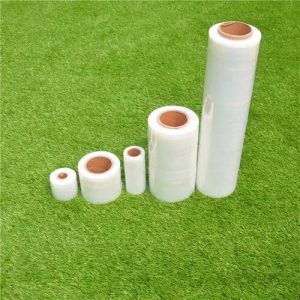Introduction
The Importance of Stretch Film
In today’s fast-paced logistics and warehousing sectors, stretch film emerges as the unsung hero, ensuring the safety and integrity of goods during their journey from warehouse to customer. This thin, pliable material excels in bundling items together, offering unparalleled protection against dust, moisture, and damage. Yet, as the global consciousness shifts towards environmental sustainability and efficiency, the stretch film industry is poised for a paradigm shift.
The Evolution of Manufacturing Techniques
Historically, stretch film manufacturing leaned heavily on conventional plastic materials and production methods, catering to a wide range of packaging needs with a one-size-fits-all mentality. However, the landscape is changing dramatically. Advances in materials science and manufacturing technology are paving the way for next-generation stretch films that promise not only superior performance but also minimal environmental impact.
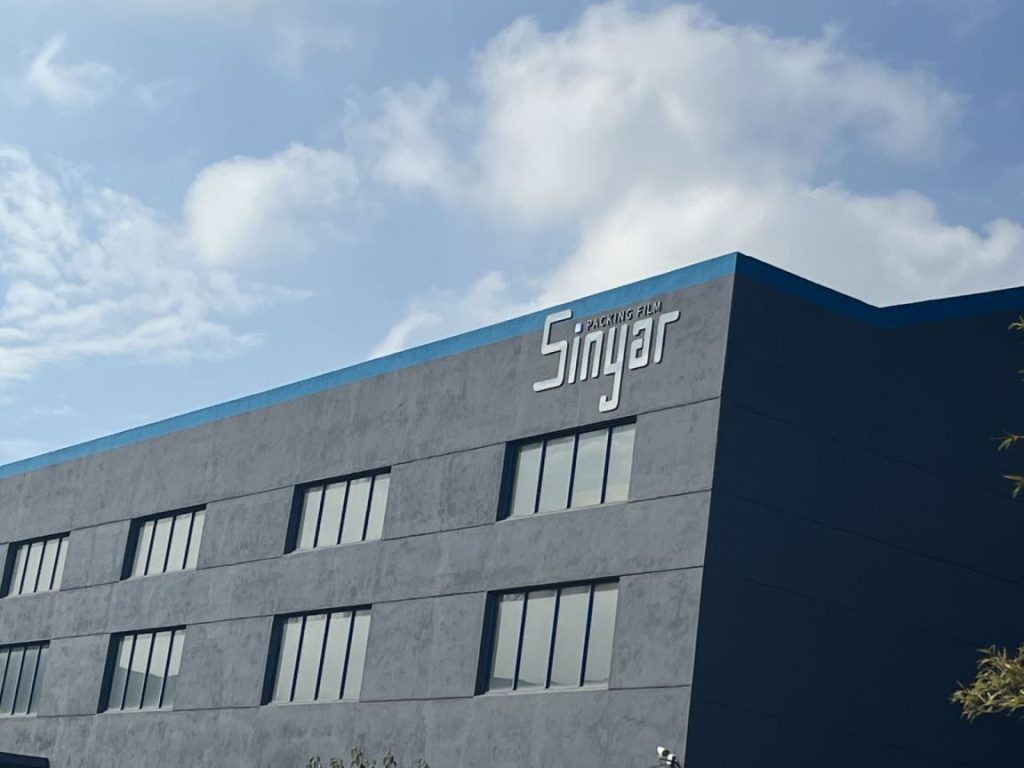
Revolutionary Materials in Stretch Film Production
Introduction to Nanotechnology
At the forefront of this revolution is nanotechnology. By manipulating matter at an atomic or molecular scale, scientists are developing stretch films that are lighter, stronger, and more adaptable. This nano-engineering process allows for precise control over the film’s properties, enhancing its protective capabilities while reducing material use and waste.
Biodegradable Alternatives
Parallel to nanotech advancements, the industry is witnessing a surge in the development of biodegradable stretch films. Crafted from renewable, plant-based polymers, these films offer a sustainable alternative to traditional plastics. They decompose naturally, significantly cutting down the volume of waste ending up in landfills or the ocean.
Advanced Manufacturing Processes
Automation and Robotics
The integration of automation and robotics into stretch film production lines marks a significant leap toward efficiency and precision. These technologies streamline manufacturing, ensuring consistent quality while minimizing waste and optimizing resource use.
AI in Quality Control
Artificial intelligence (AI) is transforming quality control in the stretch film industry. By analyzing data and identifying patterns, AI algorithms can predict potential issues before they occur, ensuring that only the highest-quality film reaches the market. This proactive approach to quality management significantly enhances product reliability and customer satisfaction.
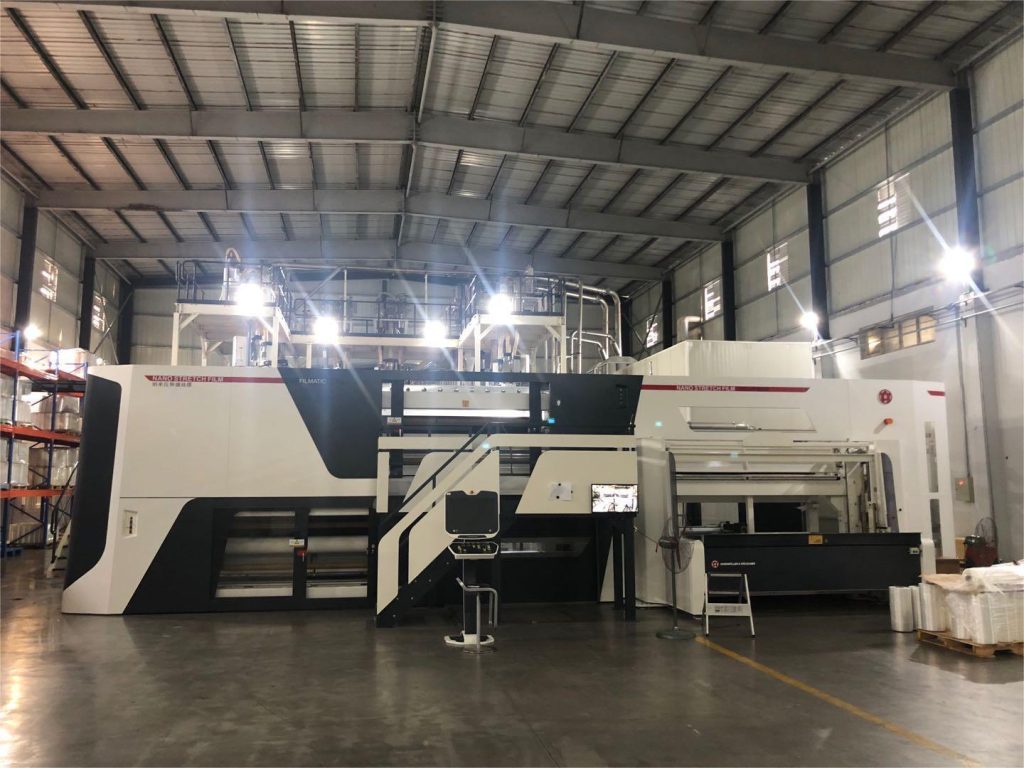
Sustainability and Environmental Impact
Reducing Carbon Footprint
Innovative manufacturing technologies are drastically reducing the carbon footprint associated with stretch film production. Energy-efficient machines, optimized logistics, and sustainable materials all contribute to a greener manufacturing process, aligning with global efforts to combat climate change.
Recycling and Reusability Efforts
The industry is also making strides in making stretch films more recyclable and promoting a circular economy. Enhanced recyclability and initiatives to reuse and repurpose films are helping to mitigate the environmental impact of packaging materials.
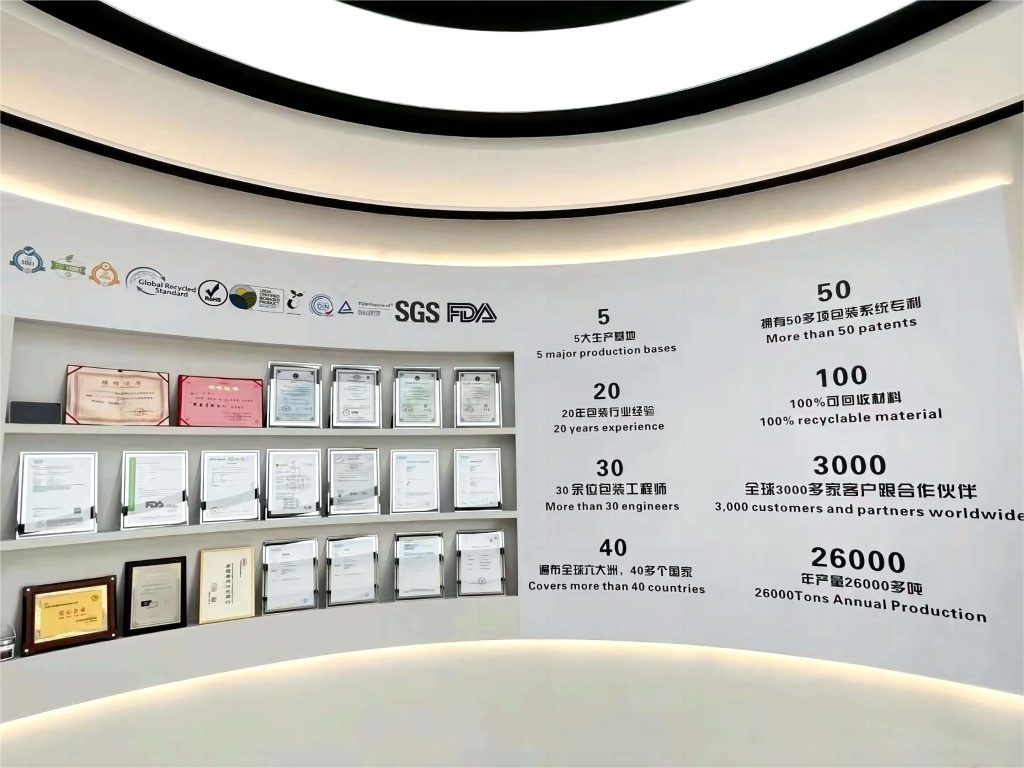
Enhanced Product Features
Improved Durability and Strength
Thanks to advanced polymers and manufacturing techniques, the latest generation of stretch films boasts unparalleled durability and strength. This translates to better protection for shipped products and a reduction in damage-related losses.
Innovations in Stretchability and Cling
Modern stretch films are not only tougher but also more elastic and clingier. These attributes improve the film’s ability to wrap securely around products, providing enhanced stability and protection.
Industry Impact
Cost-Effectiveness and Efficiency
The innovations in stretch film manufacturing extend beyond product improvement; they also enhance production efficiency and cost-effectiveness. Reduced material waste, lower energy consumption, and streamlined processes lead to savings that can be passed down to businesses and consumers.
Meeting Consumer Demands
In an era where consumers demand customization, quality, and sustainability, the ability to offer versatile, high-performance, and eco-friendly packaging solutions is invaluable. These innovations enable manufacturers to meet a wide array of needs, maintaining a competitive edge in the market.
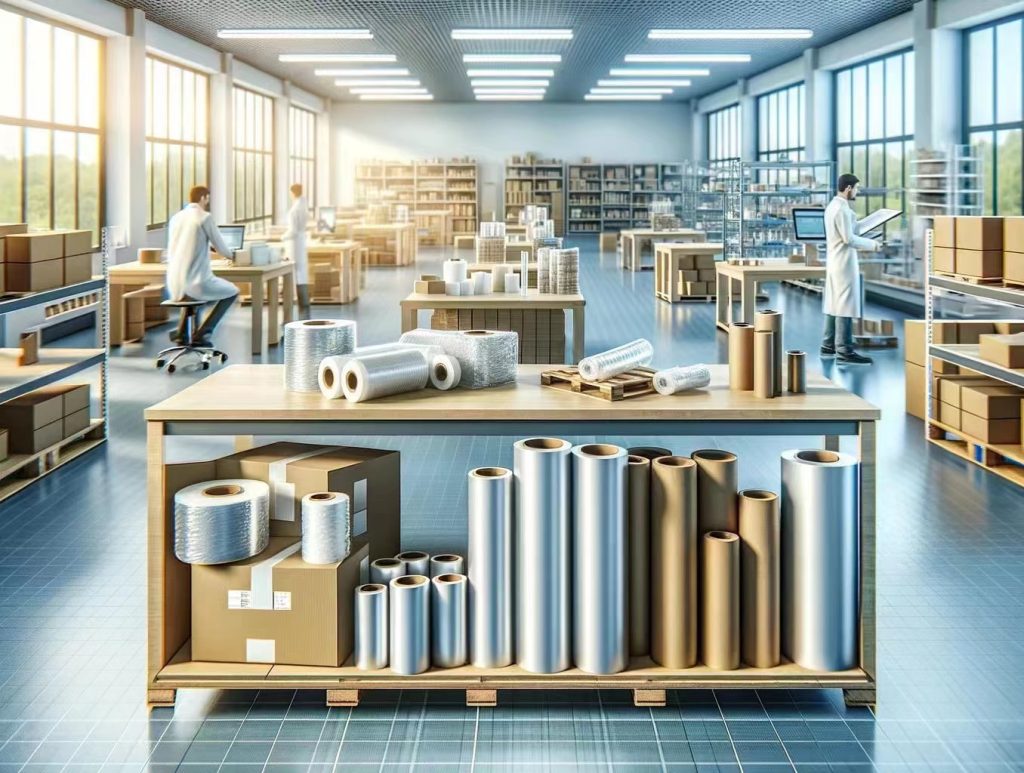
Future Trends in Stretch Film Manufacturing
The Role of 3D Printing
3D printing technology promises to revolutionize stretch film manufacturing further. It allows for the production of custom films on demand, reducing waste and opening new avenues for innovation.
Smart Packaging Solutions
The future of stretch film also includes the integration of smart technologies. Films equipped with temperature indicators, RFID tags, and other digital features will offer enhanced functionality, from improved logistics to better product safety.
Conclusion
The stretch film manufacturing industry stands at a critical juncture, with groundbreaking innovations leading the way toward a more efficient, sustainable, and responsive future. As technology and creativity continue to merge, the industry will undoubtedly evolve, reshaping our approach to packaging and its environmental footprint.
FAQs
What Are the Benefits of Nanotechnology in Stretch Film?
Nanotechnology allows for the creation of stretch films with superior mechanical properties, such as increased strength, durability, and barrier capabilities, while potentially reducing material consumption and environmental impact.
How Do Biodegradable Films Compare to Traditional Plastics?
Biodegradable films offer performance comparable to traditional plastics in terms of strength and flexibility, with the added benefit of environmental friendliness due to their natural decomposition process.
Can Automation Improve the Quality of Stretch Film?
Yes, automation and robotics enhance the consistency and precision of the manufacturing process, significantly reducing the likelihood of defects and ensuring a high-quality product.
Are There Any Downsides to Using Recycled Materials in Stretch Film Production?
While recycled materials are beneficial for the environment, they can introduce variability in film quality. However, advancements in sorting and processing technologies are addressing these challenges.
What Future Innovations Can We Expect in Stretch Film Manufacturing?
Expect to see further developments in sustainable materials, the adoption of smart technologies for added functionality, and the potential use of 3D printing for on-demand, customized film production.
